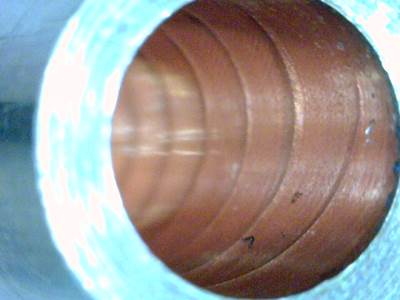Faster Centerline Drilling with Continuous Pecks
One of the most difficult small-part turning operations does not involve a turning tool at all, but instead involves a drill.
One of the most difficult small-part turning operations does not involve a turning tool at all, but instead involves a drill. Centerline drilling often involves deep holes, with the corresponding danger that chips might become caught within the hole to impair the drilling process.
Pecking is one partial solution. Periodically backing up the drill within the hole helps manage both chips and heat. In recent years, though, Purdue University researchers have been working to make peck drilling more effective. The technology they developed is based on a straightforward idea: If pecking every few seconds during the drilling cycle is good, then pecking hundreds of times per second might be dramatically better.
Modulation Assisted Machining (MAM) is now the commercial name for this patented technology—sold today by a company incubated by the university, M4 Sciences of West Lafayette, Ind. Thanks in part to funding from the National Science Foundation and Indiana’s 21st Century Fund, M4 Sciences was able to take an idea that had been proven in laboratory settings and translate it into a self-contained product that can be installed and applied on production CNC turning centers.
The technology applies strictly to centerline drilling. M4’s “TriboMAM” modulating unit loads in the workzone like a toolholder, and connects to a small independent controller. It accommodates drills as large as 5 mm in diameter.
With this unit, the peck drilling cycle is free. The unit oscillates the drill as it cuts, making the peck continuous. According to M4 Sciences President Jeff Bougher, this fact not only does away with the delay of programmed peck cycles, but also permits more aggressive feeds. Typically, the company promises drilling cycle time reductions of at least 50 percent.
The pecks occur at frequencies ranging as high as 1,000 times per second. Frequency and amplitude are both determined by the system’s controller, based on parameters of the drilling pass that are input by the operator (speed, feed rate, number of drill flutes and drill diameter). Beyond the cycle time improvement, Mr. Bougher says the additional benefits of the oscillation include all of the following:
• Better lubrication. Continuous oscillation leaves room for the lubricant to get into the cut, he says. Lubrication keeps on reaching the cutting edge, making through-tool coolant even more effective.
• Better chip evacuation. Chips are small thanks
to the rapid pecks. This ultimately produces more consistently accurate holes, because chips no longer get bound up with the tool to distort the hole’s shape.
• Consistently shaped chips, which lead to a more consistent drilling process overall.
This final benefit might well be the most valuable,
Mr. Bougher says. Manufacturers of high-value parts including aircraft fuel system components and orthopedic screws increasingly do not find their efficiency gains solely by running faster. The savings also come from engineering a process that runs with less human oversight. Doing this requires machining operations that perform predictably—cut after cut and hour after hour.
MAM’s ability to control the chip contributes to this predictability, he says. What’s more, users get to have this consistency and predictability essentially for free, because there is no need to reduce cycle time to make the cutting more consistent.
Related Content
Seco Tooling Lineup Promotes Optimized Part Processing
The company’s expanded tooling lineup is aimed at applications ranging from general ISO turning to high-volume hard turning and deep-hole drilling.
Read MorePSZ Turn Modular Quick-Change System for Swiss Lathes
Sumitomo’s PSZ Turn system provides good ergonomics and efficiency by offering a fast, reliable process and convenient cassette changes.
Read MoreMonaghan Compensation Chucks Convert Standard ER Holders
Diatool ER Hydraulic Compensation Chucks enable users to convert standard ER holders to a repeatable, steerable hydraulic chuck for more precise machining.
Read MoreFlexible, Quick-Change Tool Adapter System for Live Tools
The system significantly reduces inventory and changeover time for lathe users.
Read MoreRead Next
Video: Modulation Assisted Machining
This footage shows the effect of a techology that speeds and simplifies center drilling by oscillating the drill through many pecks per second.
Read MoreDo You Have Single Points of Failure?
Plans need to be in place before a catastrophic event occurs.
Read More5 Aspects of PMTS I Appreciate
The three-day edition of the 2025 Precision Machining Technology Show kicks off at the start of April. I’ll be there, and here are some reasons why.
Read More


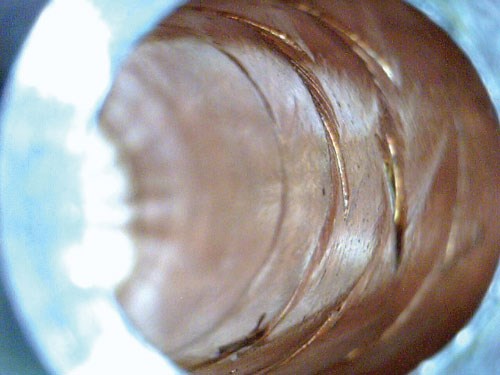
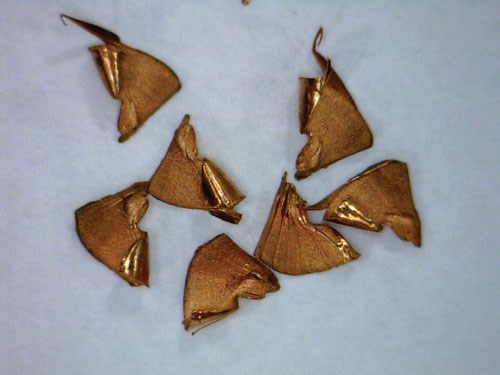
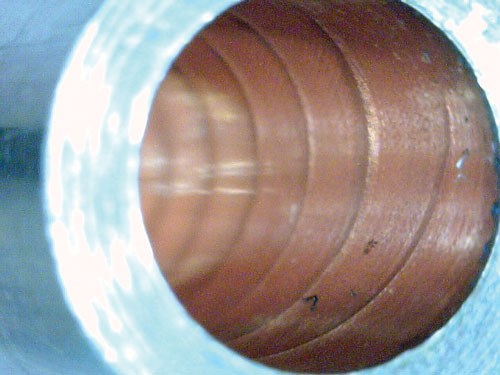
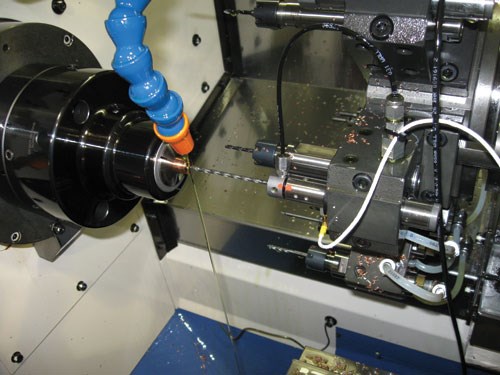
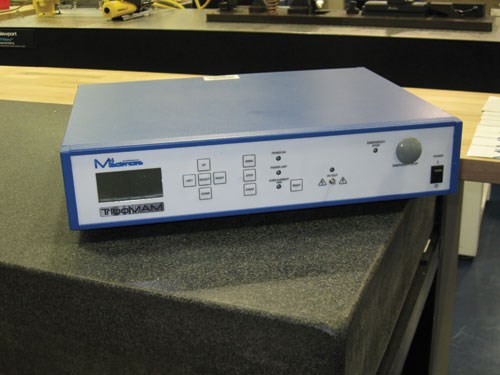
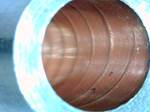











.png;maxWidth=300;quality=90)





